Have you ever caught your cat staring at you and wondered, “Are you my best friend, or am I just your humble servant?” If you’re a cat lover, you know that deciphering feline emotions is a bit like trying to read an ancient scroll—you might get the gist, but the details are a mystery. Unlike dogs, cats don’t usually wag their tails with unfiltered joy. Instead, their affection is subtle, sometimes maddeningly so. Yet, there’s something deeply rewarding about earning a cat’s love. If you’ve ever found yourself second-guessing whether your cat actually likes you or is just putting up with your presence for food and shelter, you’re not alone. Let’s unravel the secret codes and quirky behaviors that reveal if your kitty truly cares or is just being polite (in their own special, feline way).
Slow Blinking: The Cat’s Kiss

When your cat looks at you and slowly closes and opens their eyes, it’s not just a sleepy moment—it’s a sign of trust and affection. Known as the “slow blink,” this gesture is the feline equivalent of a gentle kiss. Cats only do this with people they feel safe around, so if you catch your kitty giving you slow blinks, take it as a compliment. You can even try slow blinking back; many cats will return the gesture, deepening your bond. Some cat owners call these moments “eye hugs,” and it’s as sweet as it sounds. This small, subtle act is one of the clearest signals that your cat enjoys your company. If your cat never offers a slow blink, it might mean they aren’t fully comfortable with you yet, but don’t worry—patience pays off with cats.
Purring: Contentment or Something More?
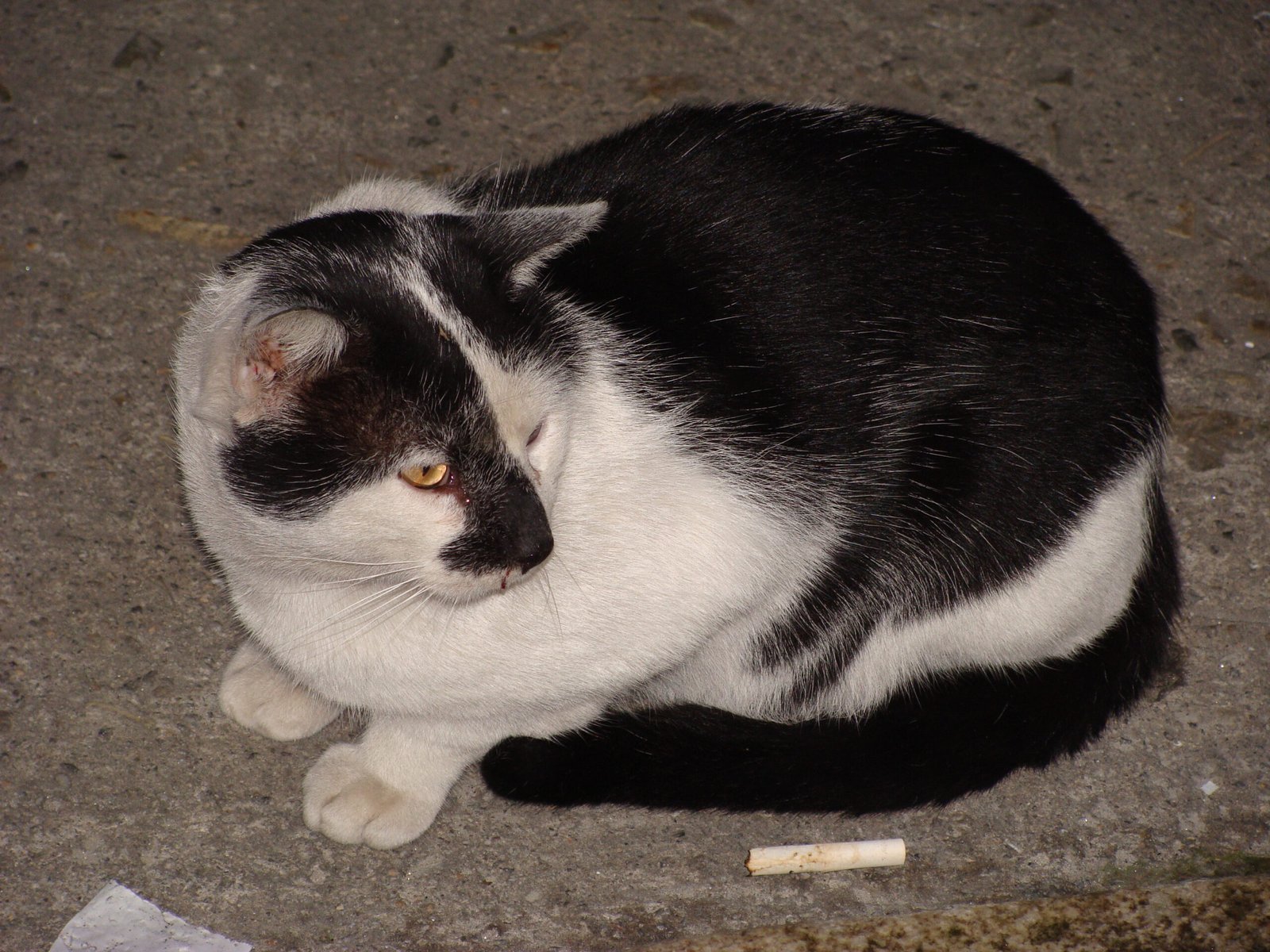
Purring is often seen as the gold standard of kitty happiness, but it’s not always that simple. Cats purr for many reasons, including comfort, pain relief, or even nervousness. However, if your cat curls up on your lap and purrs while you pet them, it’s a strong sign they like being around you. Some cats have a purr that’s so soft, you have to press your ear close to hear it, while others sound like tiny lawnmowers. If your cat purrs in your presence but not just when they’re hungry or anxious, it’s likely a sign of affection. Remember, context matters—watch for relaxed body language and happy squints to confirm those purrs are love songs, not stress signals.
Head Butting and Cheek Rubbing

When your cat bumps their head against you or rubs their cheeks along your hand, they’re not just marking their territory—they’re also saying, “You belong to me, and I like you.” This is called bunting, and it’s a sign of trust. Cats have scent glands on their heads and cheeks, so when they rub on you, they’re mingling their scent with yours. It’s a form of feline social bonding. If your cat regularly bunts you, consider yourself chosen. On the other hand, if your cat avoids contact or only rubs on you when you’ve just handled their food, they might just be tolerating you for practical reasons.
Following You Around the House

Does your cat shadow you from room to room, plopping down wherever you go? This behavior is a strong sign of affection. Cats are naturally curious, but they don’t invest their attention in people they don’t like. If your cat follows you, watches your activities, or waits outside the bathroom door, it’s because they want to be near you—not just for food, but for companionship. Think of it as your own little furry bodyguard or nosy neighbor rolled into one. If your cat prefers to stay out of sight and only appears at mealtimes, they might simply be tolerating your presence.
Showing Their Belly (But Beware!)
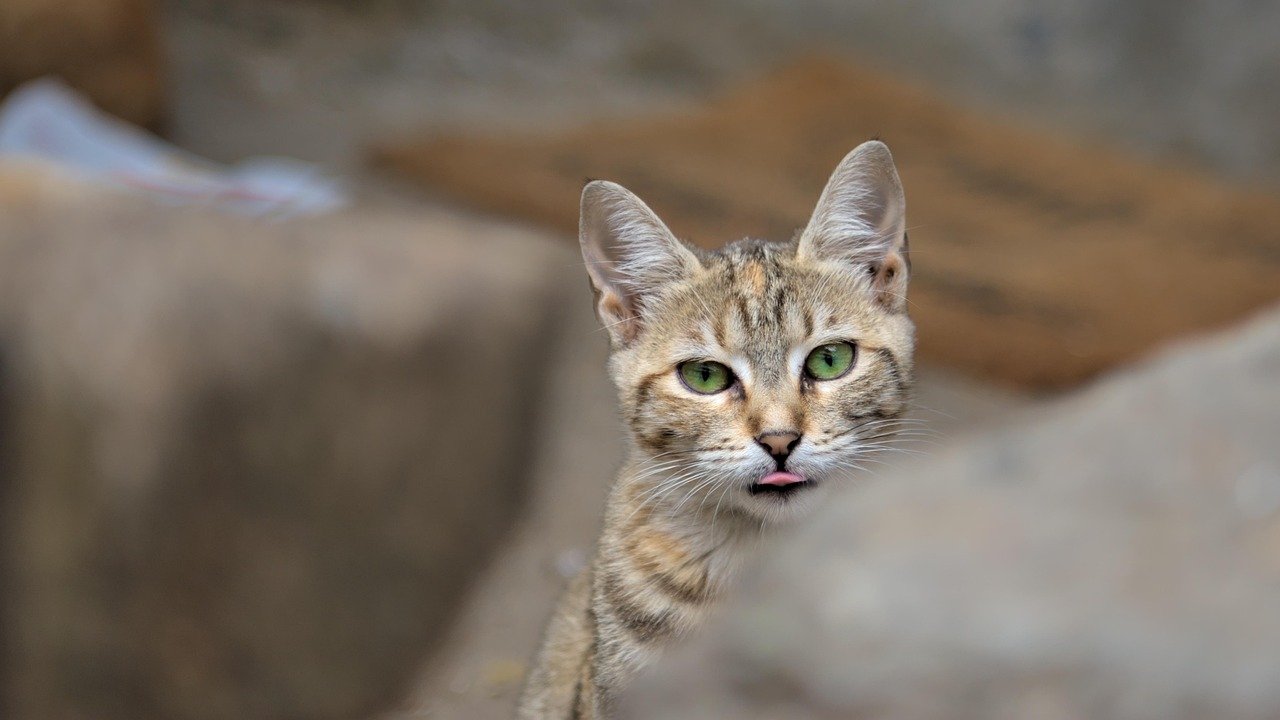
Seeing a cat sprawl out and expose their belly can feel like a huge compliment. The belly is a vulnerable area for cats—showing it means they trust you. But here’s the catch: it’s not always an invitation for belly rubs. Some cats will bite or swipe if you reach for their tummy. The act of simply exposing their belly, especially if they’re relaxed and purring, signals comfort and affection. If your cat never shows you their belly, it might be a sign they’re still a bit wary.
Kneading: The “Biscuit-Making” Ritual
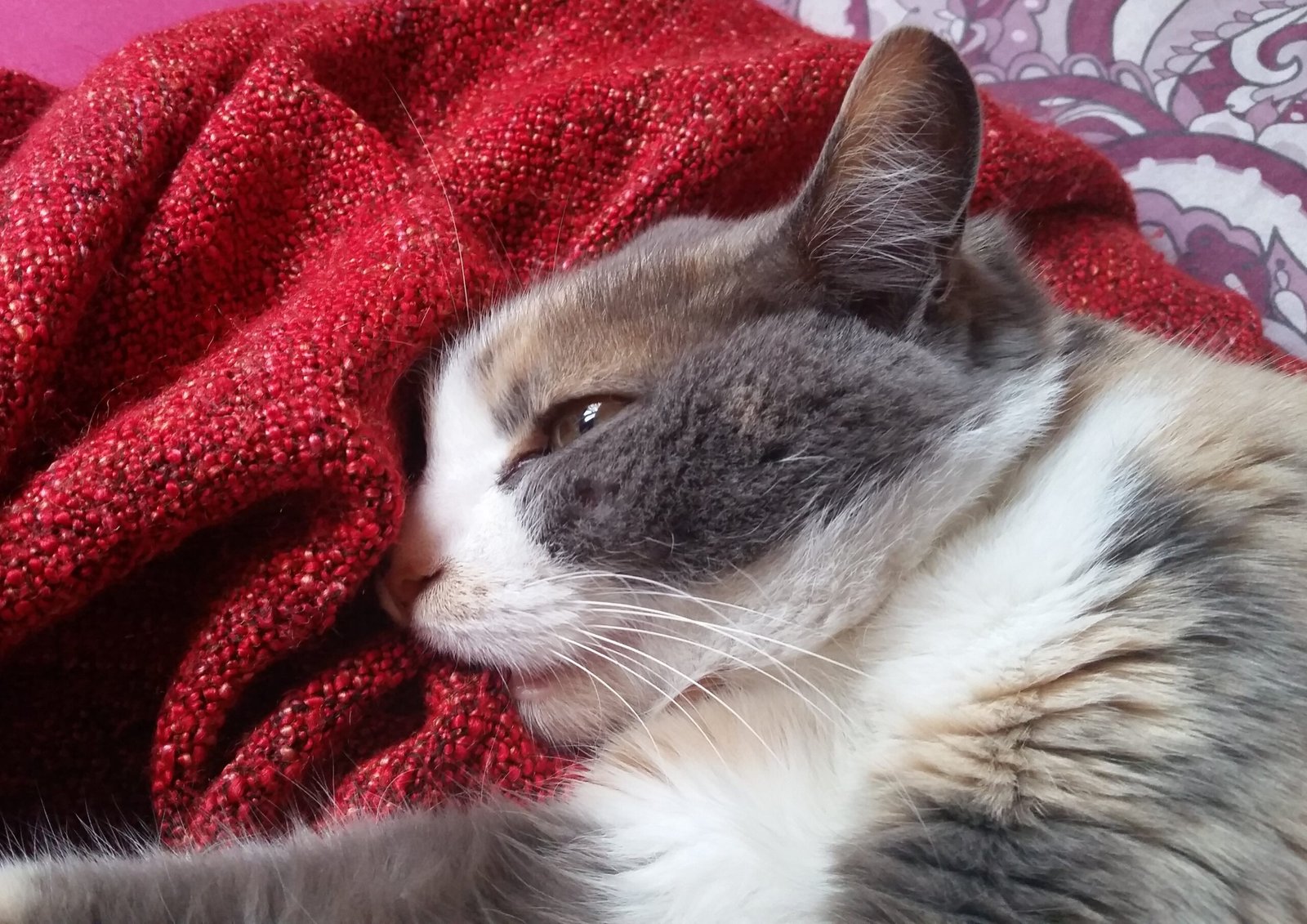
When a cat rhythmically pushes their paws into blankets, your lap, or even your chest, it’s called kneading. This behavior starts in kittenhood when they knead their mother to stimulate milk flow. If your adult cat kneads you, it’s a sign of deep comfort and attachment. Some cats purr and knead at the same time, creating a cozy little love-fest. It’s also a way for cats to mark you with their scent glands. If your cat never kneads on you, it might mean they see you more as a roommate than a family member.
Tail Language: The Upright Signal

A cat’s tail is like a mood ring, and one of the best clues to their feelings about you. If your cat approaches you with their tail held high, especially with a little hook at the tip, it’s a sign of happiness and confidence. High tails often mean your cat enjoys your company. If the tail quivers while pointed upward, you’re getting the feline equivalent of a happy dance. On the other hand, if your cat’s tail stays low, puffs up, or swishes aggressively, they might be feeling stressed, annoyed, or simply neutral about your presence.
Bringing You “Gifts”

For outdoor cats, bringing home a dead mouse or bird is, surprisingly, a sign of affection. It might seem gross, but in cat language, it means they’re sharing their hunting success with you—almost like bringing you breakfast in bed. Even indoor cats might bring you their favorite toy or drop it at your feet as a present. If your cat never offers you any gifts and keeps their treasures to themselves, they could be less invested in your relationship.
Sleeping Close to You

Cats are at their most vulnerable when they’re asleep, so if your cat chooses to nap near you—or better yet, on you—it’s a huge sign of trust. Some cats snuggle right up against your body, while others prefer to sleep at your feet or by your head. Even if your cat just sleeps in the same room as you, it’s a sign they feel safe and content in your presence. If your cat avoids sleeping near you entirely, they might not feel fully comfortable yet.
Grooming You: Kitty Kisses
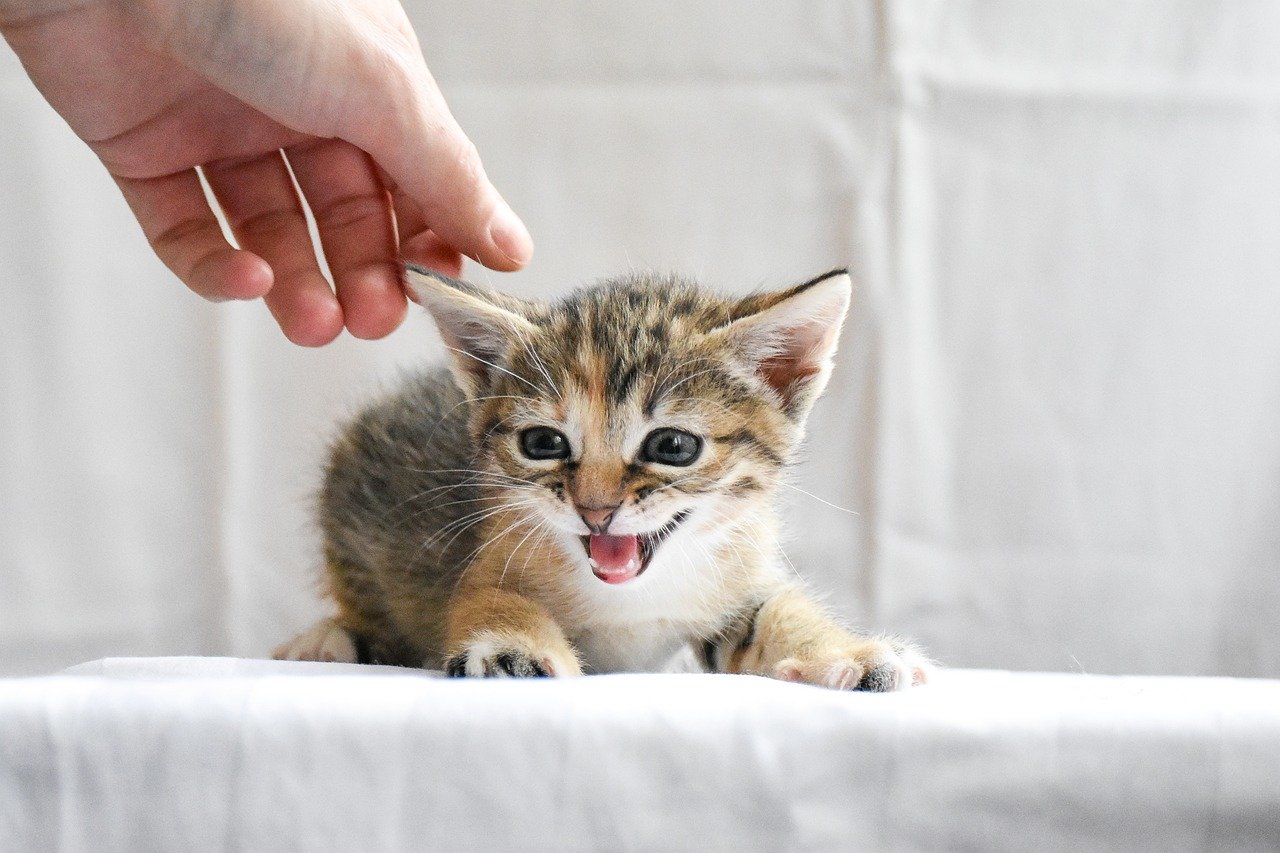
If your cat licks your hand, arm, or even your face, they’re offering what’s known as “allogrooming.” This is how cats bond with each other in the wild. When your cat grooms you, they’re treating you like part of their family. The rough tongue may not feel the greatest, but it’s a high compliment. Conversely, if your cat never licks you and even seems to avoid your touch, they may be keeping the relationship strictly professional.
Chirps, Trills, and Chatty Conversations
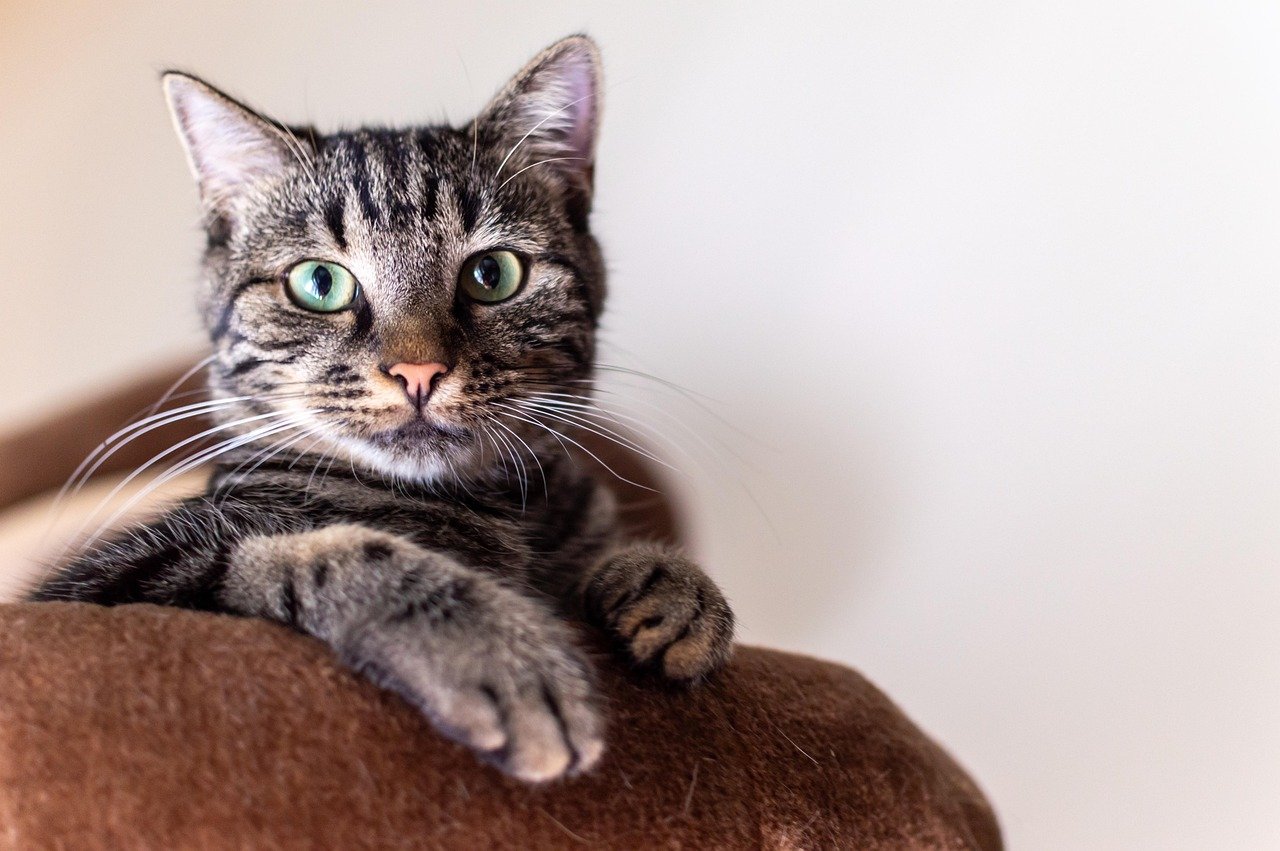
Some cats are naturally more vocal than others, but if your cat chirps, trills, or meows specifically for you, it’s a sign they’re trying to communicate. Cats don’t use these sounds much with other adult cats—they’re mostly reserved for their humans. If your cat greets you with a friendly “meow” or engages in back-and-forth “conversation,” it means they see you as part of their social circle. Silence or only vocalizing at feeding times could mean your cat is more about business than bonding.
Brushing Against You
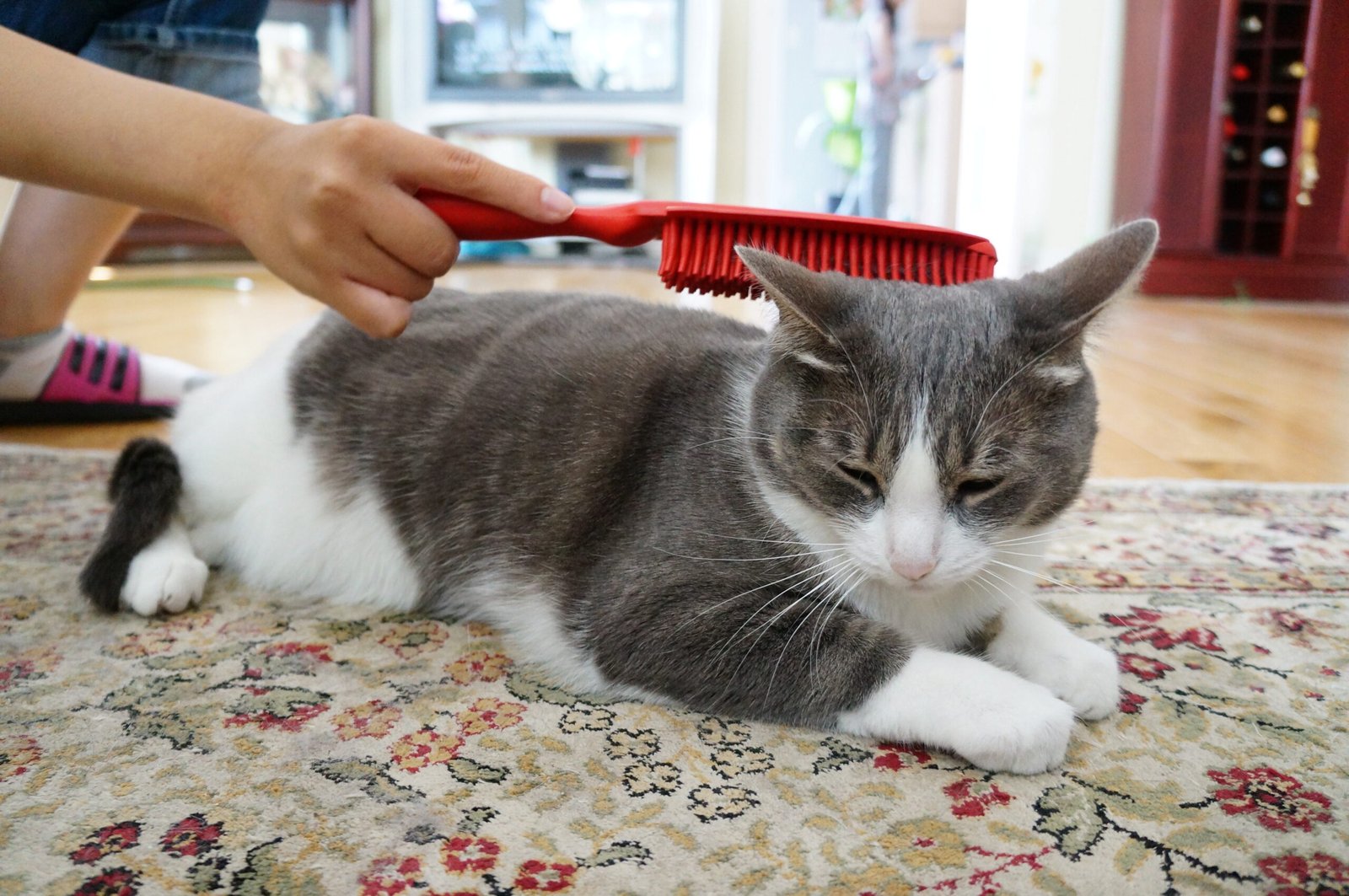
If your cat routinely walks by and brushes their body, tail, or face against your legs, they’re engaging in a classic feline greeting. This is another way cats mingle their scent with yours, a sign of social acceptance and affection. It’s almost like your cat is giving you a little “hello” every time they pass by. If your cat gives you a wide berth and avoids touching you, it’s a clear indication they’re not feeling especially friendly.
Playtime: Initiating Interaction
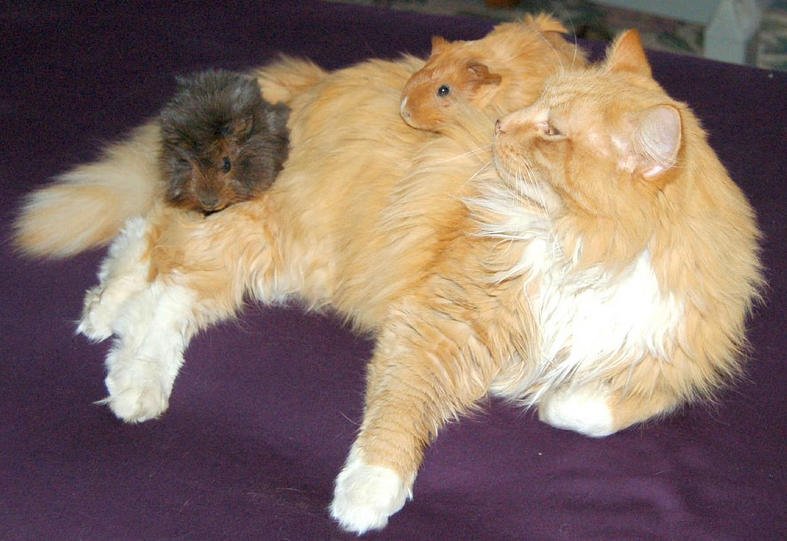
Does your cat bring you toys or try to engage you in play? This is a sure sign they enjoy your company and want to interact. Cats that initiate playtime—chasing strings, batting at wands, or pouncing on your feet under the covers—are showing trust and affection. Play is a social activity for cats, and they don’t invite just anyone into their inner circle. If your cat never tries to play with you and ignores toys unless you’re not around, they might be a bit more standoffish.
Responding to Your Voice
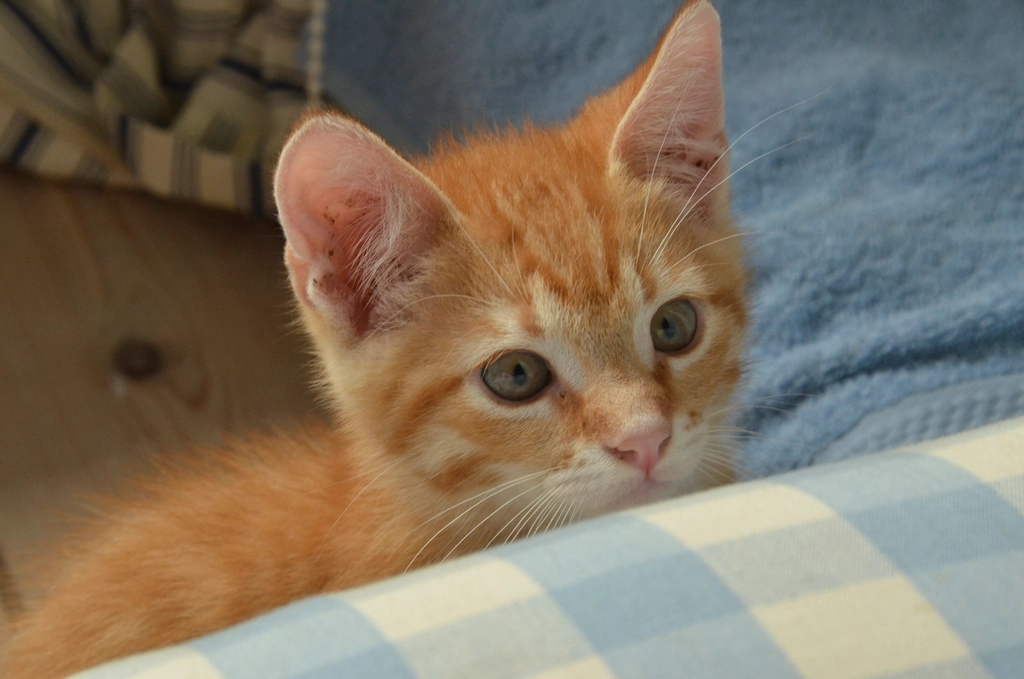
Some cats come running when they hear their name, while others just flick an ear or open one eye. If your cat perks up, meows, or comes to you when you call, it’s a positive sign they recognize and care about you. Cats that ignore your voice completely or even leave the room when you speak may not be as attached. Try using a friendly, consistent tone; over time, most cats will respond to their favorite humans’ voices.
Gentle Biting: Love Bites
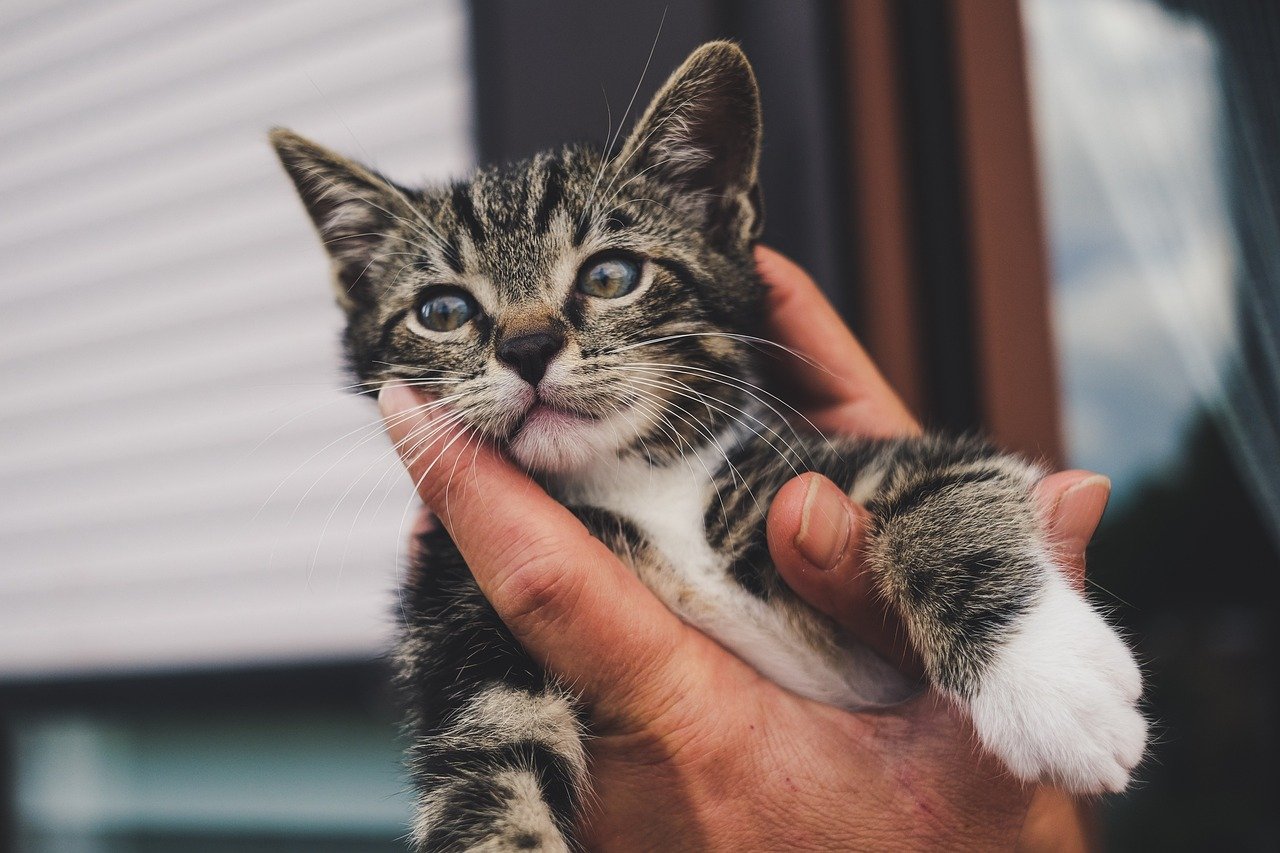
Some cats show affection through gentle nibbles or “love bites.” These are usually soft, playful bites that don’t break the skin. In the cat world, this is a sign of trust and affection, not aggression. If your cat gives you a playful nip and then purrs or rubs against you, it’s their quirky way of saying “I like you.” If biting is hard, sudden, or paired with other signs of stress, it’s not affection—so pay attention to the context.
Not Hiding When Guests Arrive
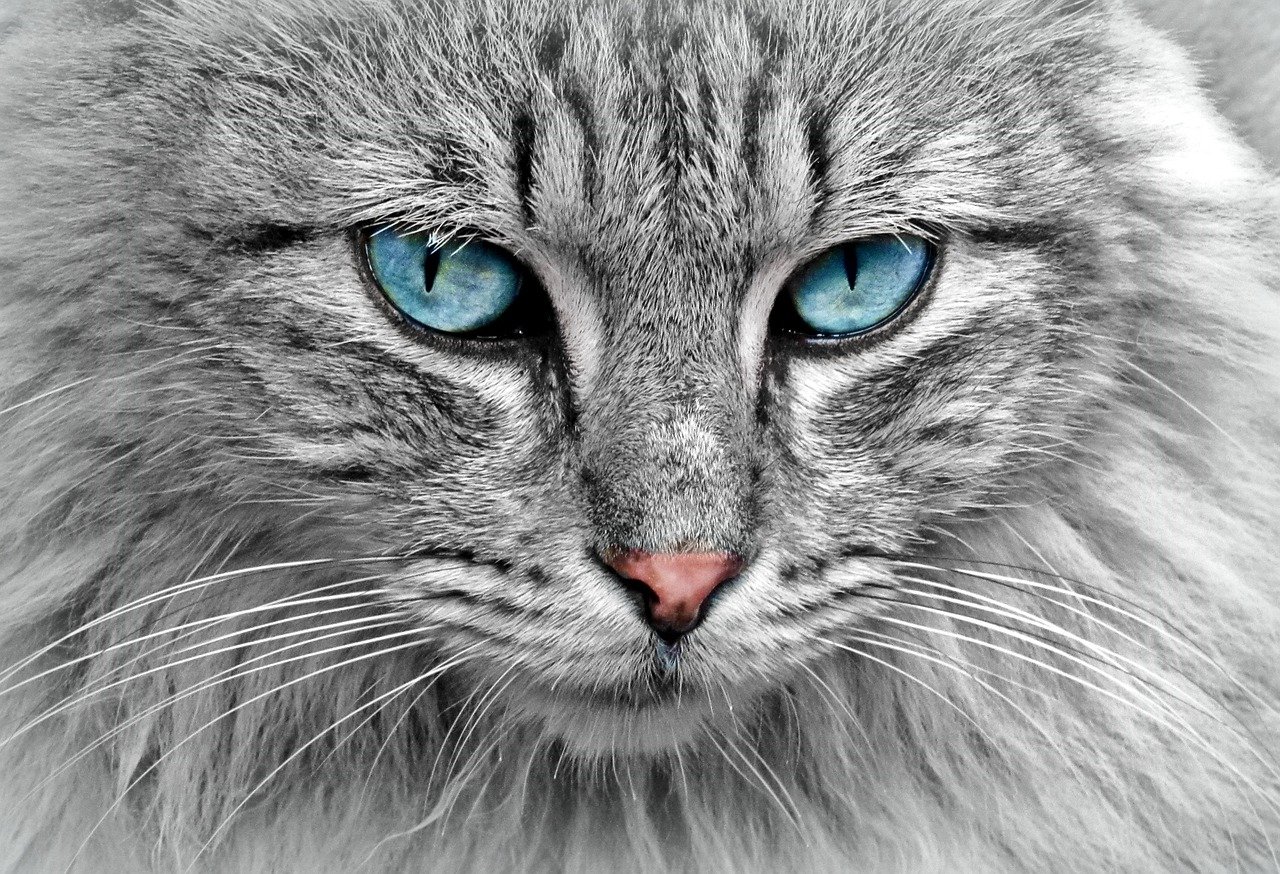
If your cat remains visible and relaxed when visitors come over, it shows they’re confident in their environment and trust you to keep them safe. Some cats are naturally shy, but if your cat only hides from strangers and not from you, it’s a sign they see you as their safe space. On the other hand, if your cat disappears as soon as anyone (including you) enters the room, they may not be fully comfortable yet.
Respecting Your Personal Space

Believe it or not, a cat that sometimes gives you space is actually showing respect. If your cat knows when to let you be and doesn’t constantly demand attention, it means they’re comfortable with the ebb and flow of your relationship. Cats that smother you 24/7 might be anxious, while cats that never approach may be distant. A healthy balance of closeness and independence is a sign of a strong bond.
Mirroring Your Behavior

Have you ever noticed your cat yawning when you yawn, or stretching when you stretch? This mirroring behavior is a subtle sign of social connection. Cats tend to mimic the actions of those they trust and feel close to. If your cat picks up on your habits or routines, it’s a quiet way of showing their affection. If your cat seems completely unaffected by your actions, they may not be as emotionally invested.
Letting You Touch Sensitive Spots

Most cats have areas they don’t like touched—tummies, paws, tails. If your cat allows or even invites you to touch these sensitive spots, it’s a major sign of trust. A cat that lets you trim their nails, rub their belly, or stroke their tail is showing vulnerability and affection. If your cat recoils from any contact, they may be keeping their emotional distance.
Greeting You at the Door
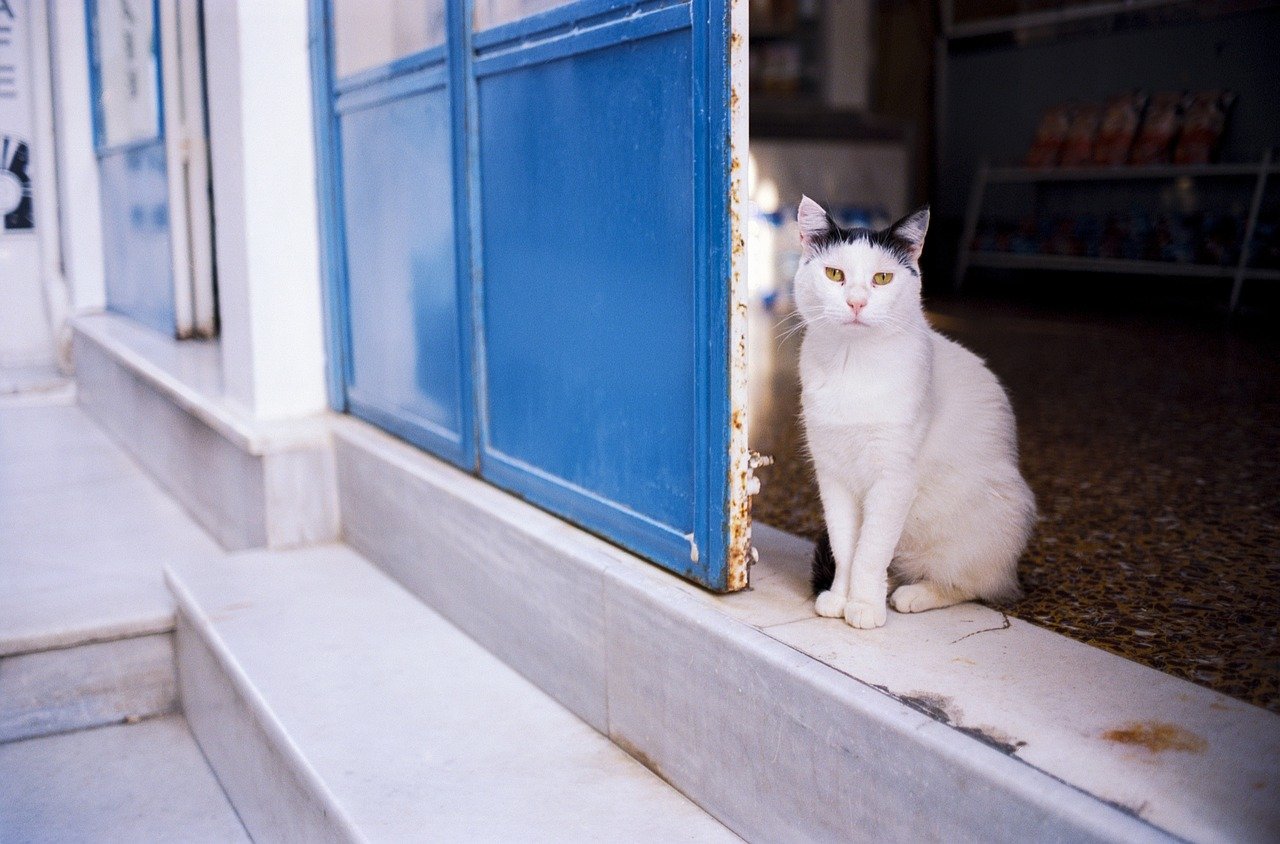
Is your cat waiting for you when you come home, or do they act as if you’ve been gone for years? A cat that greets you at the door is excited about your return and wants to reconnect. They might rub against your legs, meow, or even do a little happy hop. If your cat ignores your arrival or only shows up when it’s mealtime, they might be more focused on their own needs than your company.
Inviting You Into Their Favorite Spots
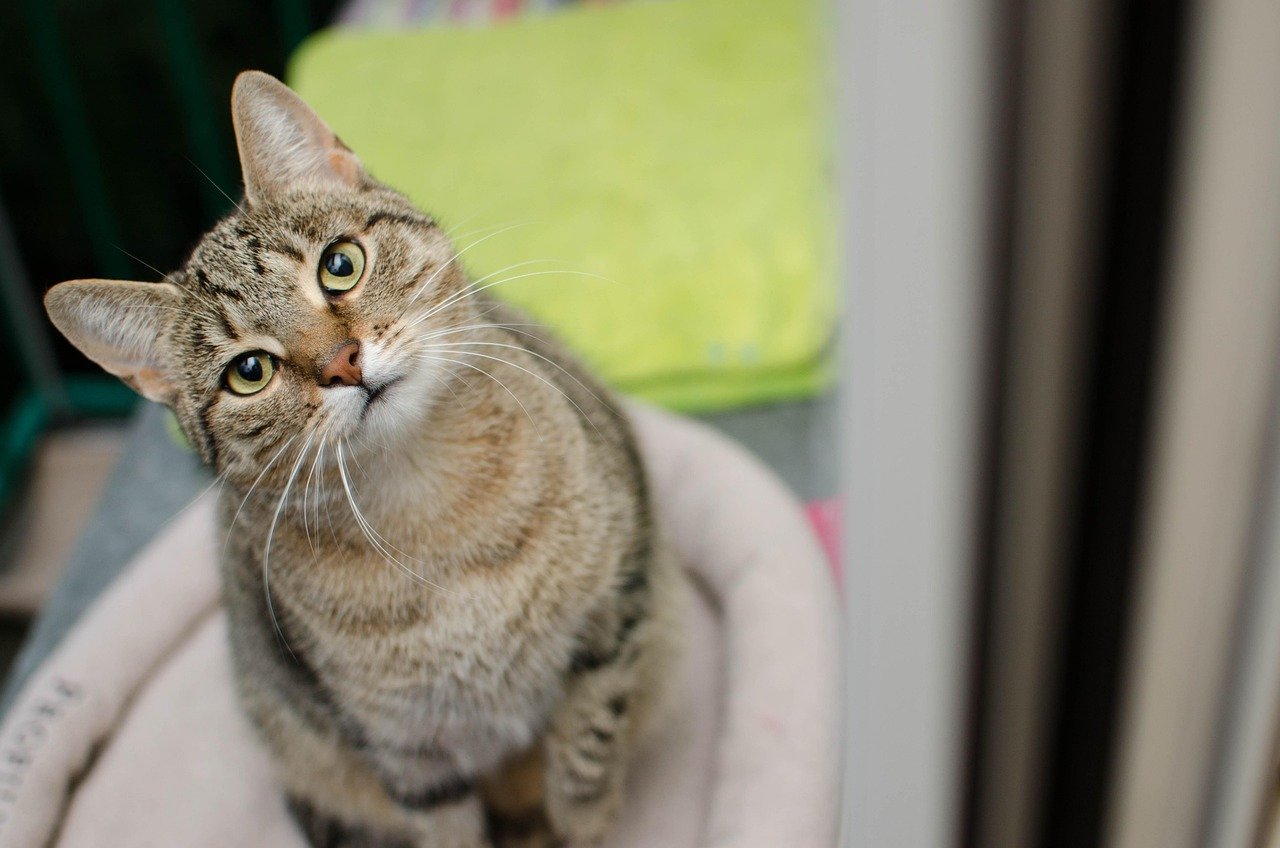
If your cat leads you to their favorite sunspot or nestles beside you in their favorite chair, it’s a sign they want to share their happy place. Cats are territorial creatures, and inviting you into their “zone” shows deep trust. If your cat keeps these spots strictly to themselves and avoids sharing space, it could mean they’re not as emotionally attached.
The signs are there—sometimes hidden, sometimes hilariously obvious. Did you expect your cat’s feelings to be spelled out in so many strange and subtle ways?
Hi, I’m Bola, a passionate writer and creative strategist with a knack for crafting compelling content that educates, inspires, and connects. Over the years, I’ve honed my skills across various writing fields, including content creation, copywriting, online course development, and video scriptwriting.
When I’m not at my desk, you’ll find me exploring new ideas, reading books, or brainstorming creative ways to solve challenges. I believe that words have the power to transform, and I’m here to help you leverage that power for success.
Thanks for stopping by, Keep coming to this website to checkout new articles form me. You’d always love it!






